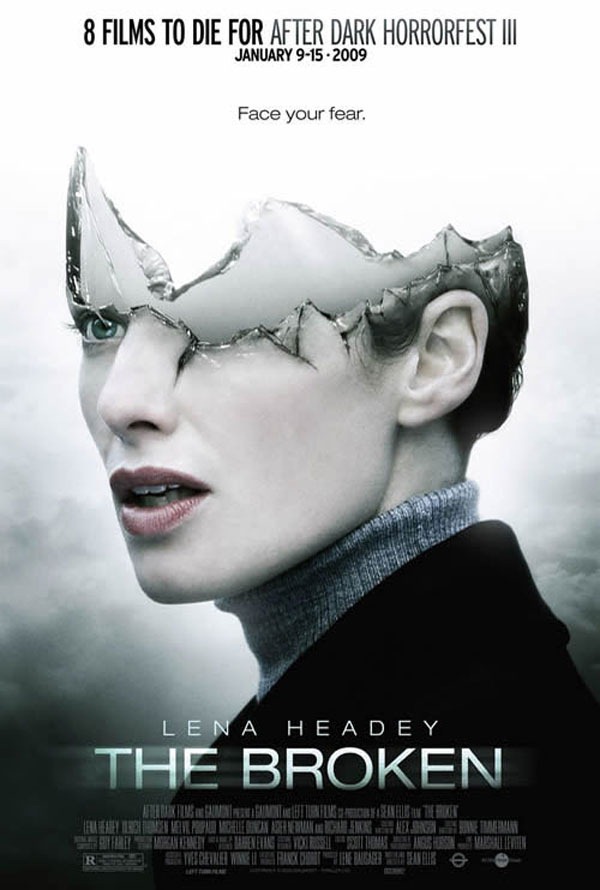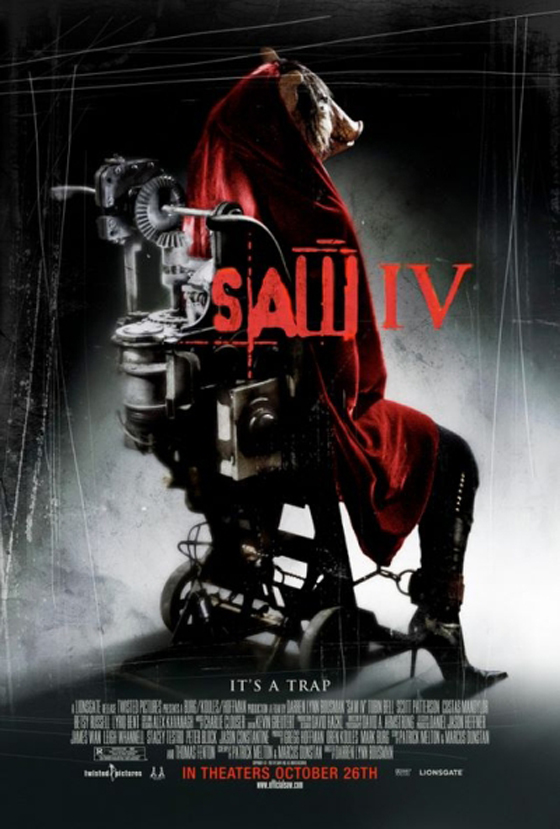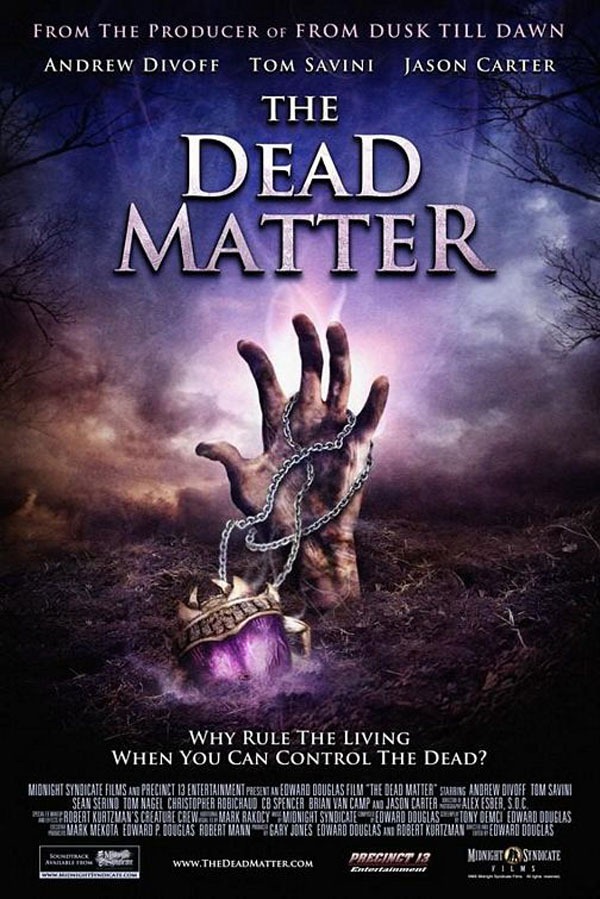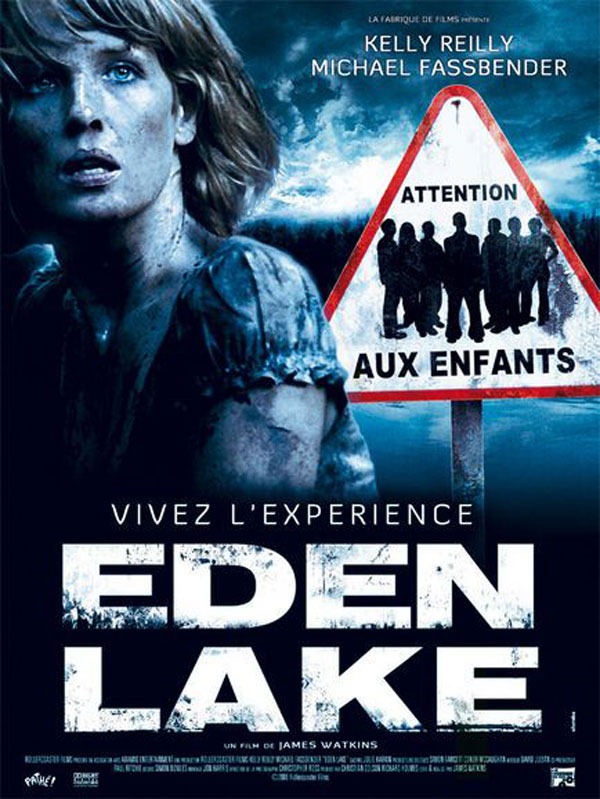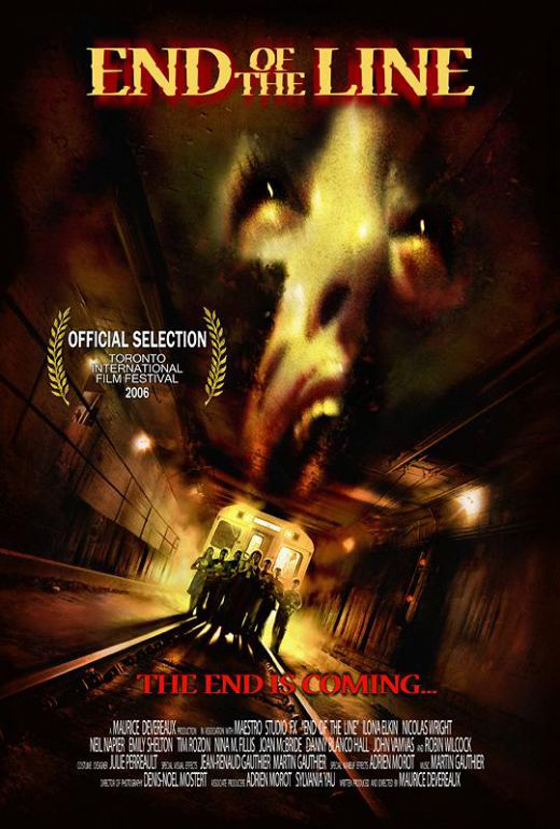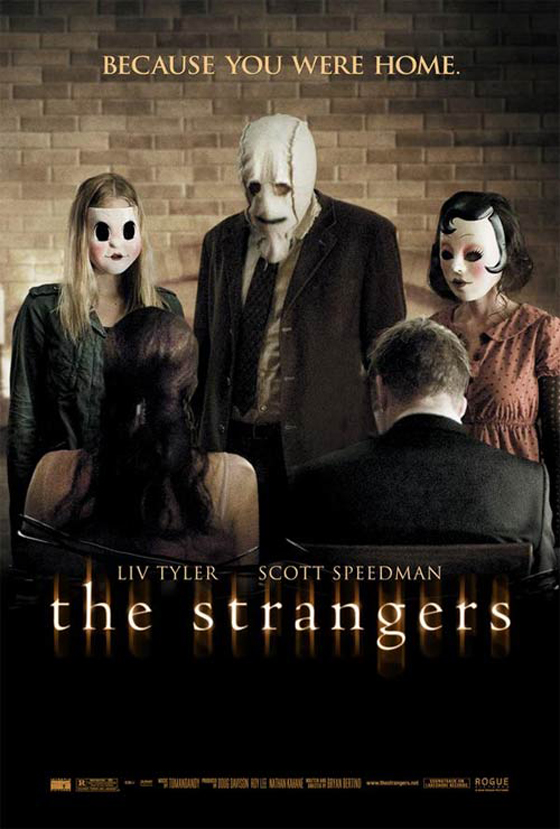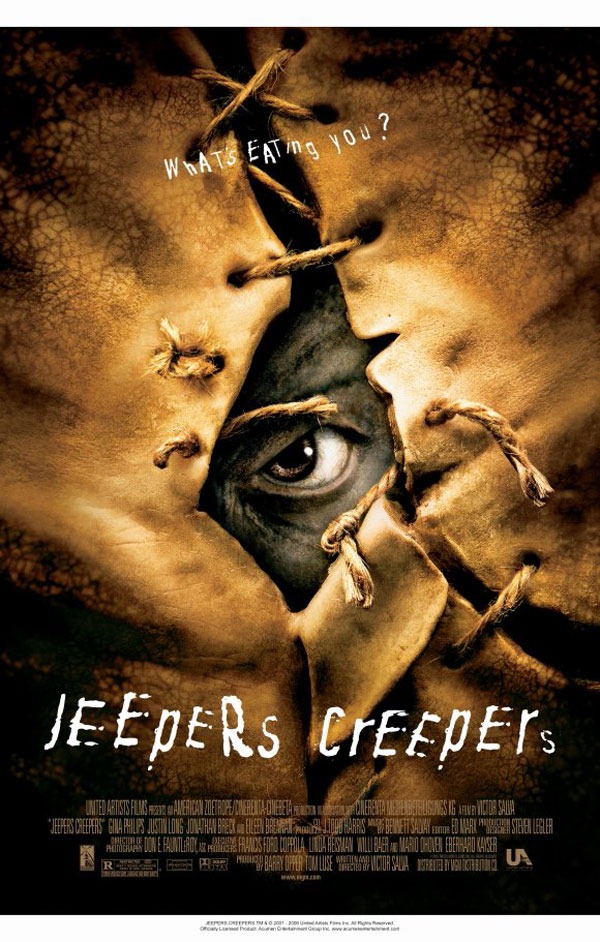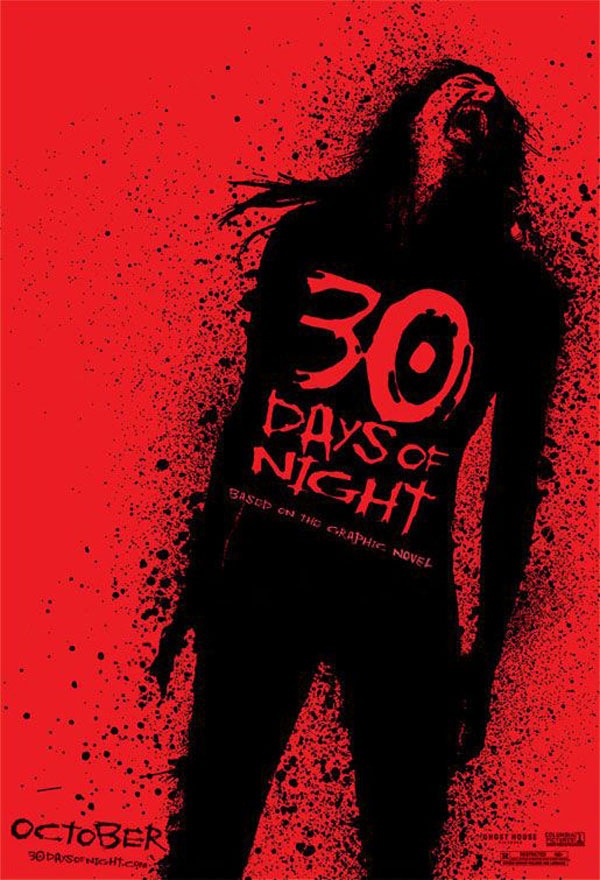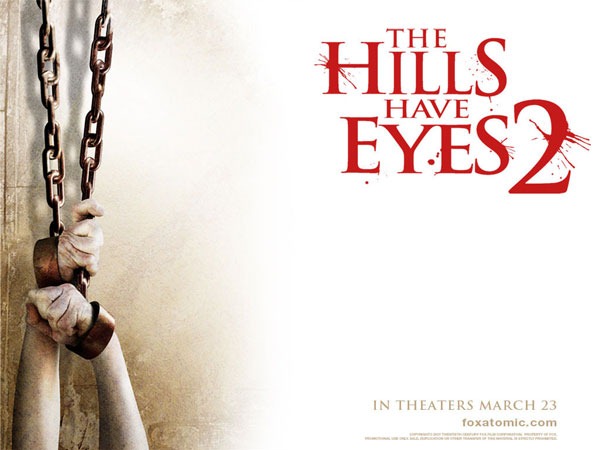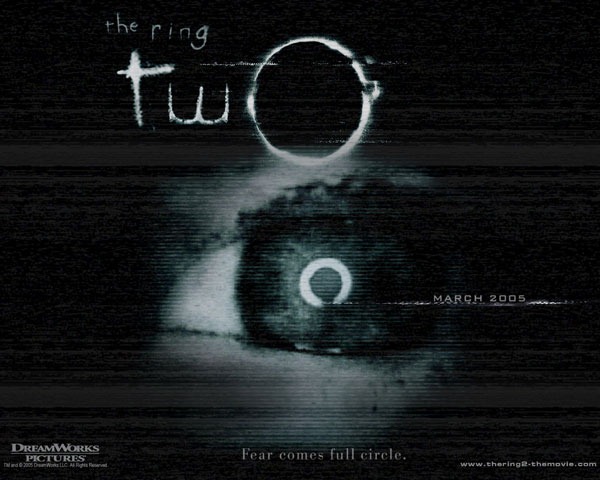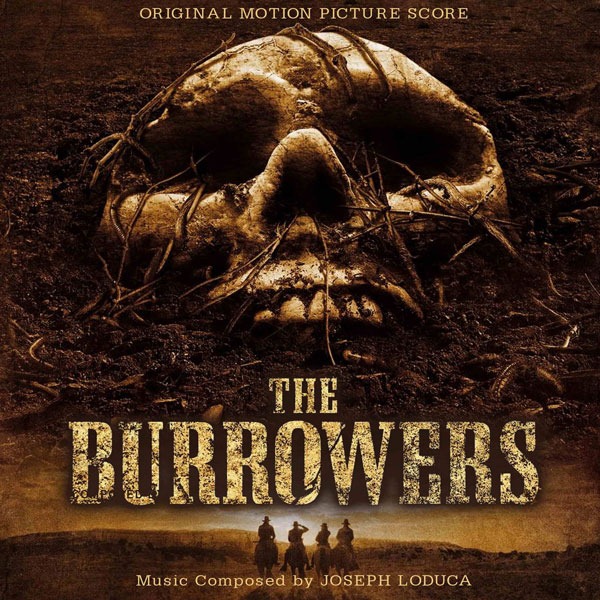How many times have you ever visited an internet site and ended up sorely disappointed? Or worse, irritated as all get out? on behalf of me, the solution is a straightforward one: a lot!
So, I place along a listing of the twelve things that annoy me the foremost regarding websites. perhaps you’ll agree; perhaps you won’t.
Let’s see…
12. Music
Music blares the minute I visit your website. that's surprising, disruptive, and downright rude, from a client expertise standpoint. And, in case you weren’t positive, it ticks me (and most people) off over near to something. rouse and smell the coffee! that's therefore 2001. Frankly, it wasn’t cool even back then—but nowadays, music on your web site will mean the kiss of death.
11. Flash
Your “awesome” Flash web site takes forever to load and then blasts me with of these neat-o visuals that need me to twiddle my thumbs and waste precious time. i want data, not entertainment. live through yourselves. Quit taking note of your artistic team (and if they’re recommending Flash, rent a replacement team), and maximize the 3 seconds of attention I’m willing to convey you by telling me one thing i need or have to be compelled to apprehend.
10. Pop-ups
Pop-up ads (and that’s what they are) build me need to kill you. Yeah, i do know they’re effective at boosting click-through rates. I still hate ‘em. Stop it. Using pop-up ads tells me you don’t care regarding my experience—you simply need to sell me crap. It’s like happening a primary date, and having the date say, “Let’s fool around” before dinner hits the table. It’s an excessive amount of. Too soon. I don’t care what the consultants say. Pop-up ads build me need to depart.
9. Walking Ads
[Cue scream here.] Speaking of pop-ups, walking ads stink even a lot of. they're annoying, disruptive, and inconsiderate. I came to your website for data. you simply have one probability to create an honest initial impression, and walking ads don't seem to be the thanks to do it. I don’t care who sold you on it. It’s a foul plan.
8. Contact data
Sure, I actually have lots of patience and free time. i actually need to own to dig through your bleepin’ website to search out your contact data. that produces my life super-easy. Go ahead, hide it! Or higher nevertheless, don’t place contact data on there in the slightest degree. That’s a method to confirm we have a tendency to don’t ever work along.
7. Mystery
Websites that don’t tell me what you are doing, why i want what you are doing, and what it’s gonna value me are downright ineffective. I don’t need to dig for pricing. i need the data, and that i need it currently. Being coy may work when you’re dating, however when it involves business, I’m like Sergeant Friday on Dragnet. simply the facts, ma’am. You’ve got regarding 3 seconds of my time and attention—use it wisely. and replica that’s “mysterious” isn't.
6. Down the Rabbit Hole
Contact pages that build us feel like Alice in Wonderland? Not prudent. And when your contact type leads us to default email programs that we have a tendency to can’t stand, they cause us to right away leave your website. for example, I don’t use Mail; I don’t need to use Mail. And when your contact type automatically hundreds Mail on behalf of me, it makes curse words flow out of my mouth that are terribly unladylike. WHAT are you thinking? Stop it. Please.
5. Black Backgrounds
Black backgrounds and white or gray sort are nearly not possible to scan. With only a few exceptions (there are some sites done all right by those that apprehend what they’re doing, however they're rare), cut it out. Black backgrounds stink. And if your Web-design team thinks those backgrounds are cool, do your homework. raise those that {know regarding|realize|understand|comprehend|fathom} changing the leads that come back to your web site to sales about the performance of web sites with dark backgrounds. After all, isn’t that what you’re extremely interested in—leads that you simply will convert to sales?
4. minute Text
Fonts that are too tiny are often remedied by a surfer; I’ll offer you that. however it annoys me after I need to manually bump up the sort. And I’m thinking that if you actually have confidence what you would like from a website visitor in terms of actions, it’s not creating them do one thing to find out a lot of. Tell your internet developers with young eyes that it’s typically previous people like me who are creating the shopping for choices. The “default” font most internet developers use is sort of continuously too tiny. Bump it up a notch. Or three. You’ll be amazed at what proportion happier your internet surfers are. apprehend who your customers and prospects are; serve them data that's straightforward for them to consume—without the necessity for modifications.
3. An Undesired Delivery
I consume lots of content. And after I realize yours—and i prefer it—I need to scan a lot of. and that i need it delivered to my email inbox, not my Reader, that i exploit for various things. When your blog doesn’t take that into thought, i do know you’re not taking note. and that i apprehend you don’t care regarding me as a client, you’re solely wondering how you wish data delivered. Newsflash: It’s not regarding you. an enormous majority of content shoppers are a bit like me. they require content delivered to their email inbox instead of subscribing via an RSS feed. once you overlook that and once you don’t supply me an choice that suits my consumption preferences, it tells me you’re not taking note.
2. looking for Search
What are you doing to create it straightforward for individuals to go looking your site? You’d be amazed what number sites don’t have an easy-to-find search perform—or that don’t have a hunt function in the slightest degree. That’s simply plain dumb. make certain your web site has an easy-to-locate, easy-to-use search button.
1. Anti-Social
Where are the buttons displaying where to search out you on the Web? I keep running across websites that have social sharing buttons on them, however once you click on the buttons, rather than taking you to mention, for example, someone’s Facebook page, it permits me to share your page of content on Facebook. Seriously? As if i need to share your “About” page on Facebook? No, dummy. What I’m longing for is your complete presence on Facebook (or Twitter, LinkedIn, etc.)—maybe as a result of i need to “like” you there and listen to what you’re doing. Not having social sharing buttons confirmed that you’re not collaborating within the social media house (whether that’s extremely the case). And it conjointly confirmed that you simply don't have any concept that I’m judging you—and your level of savviness regarding the digital house and also the importance of social networks—based on their absence. Is that what you want? Really?











